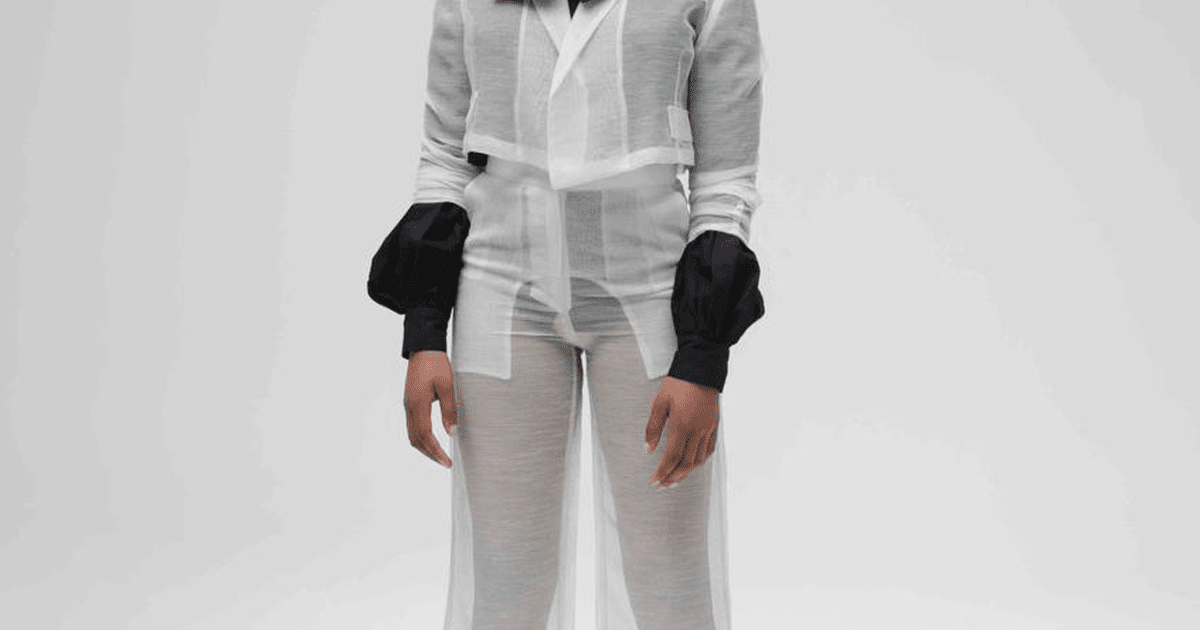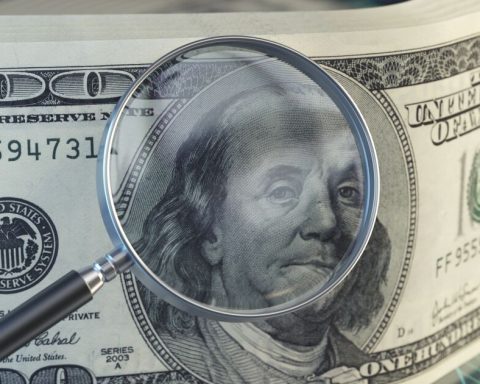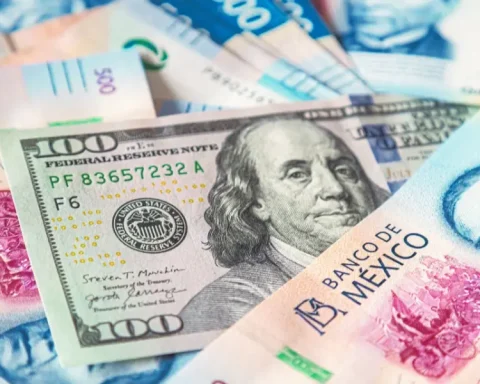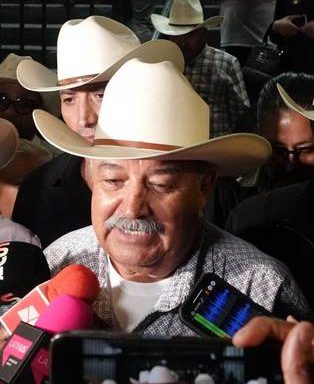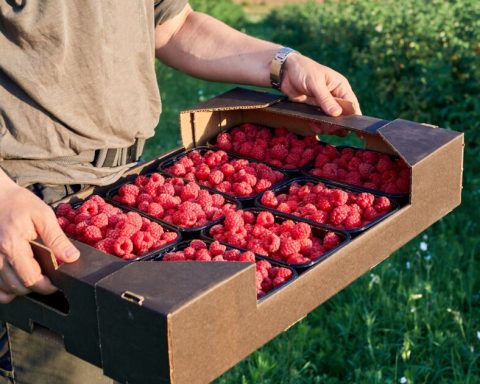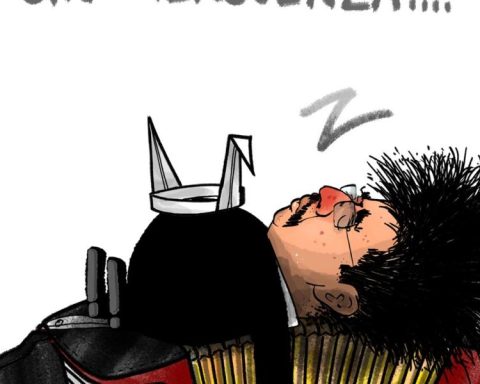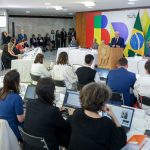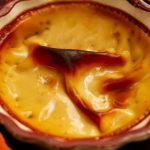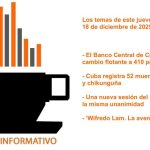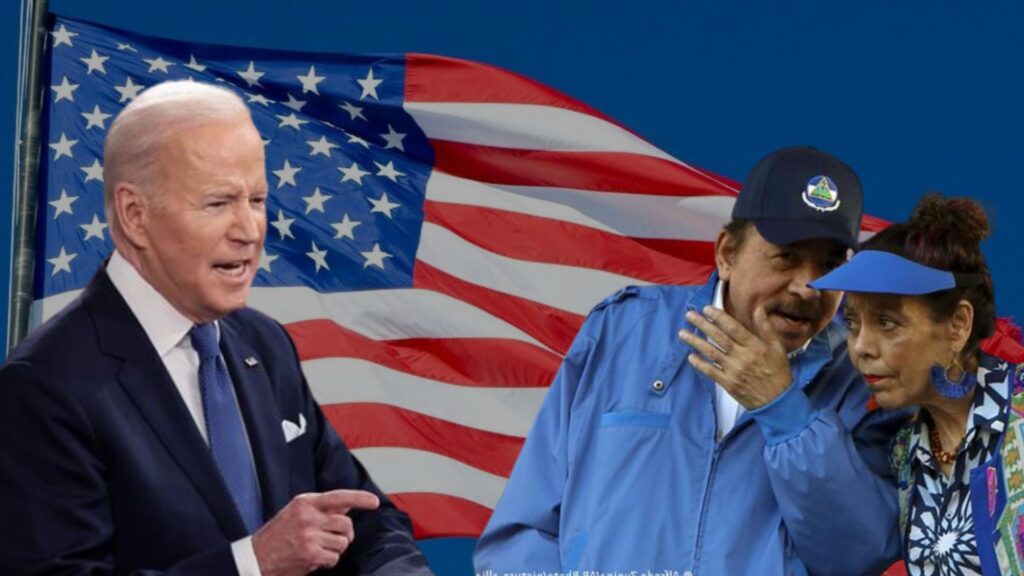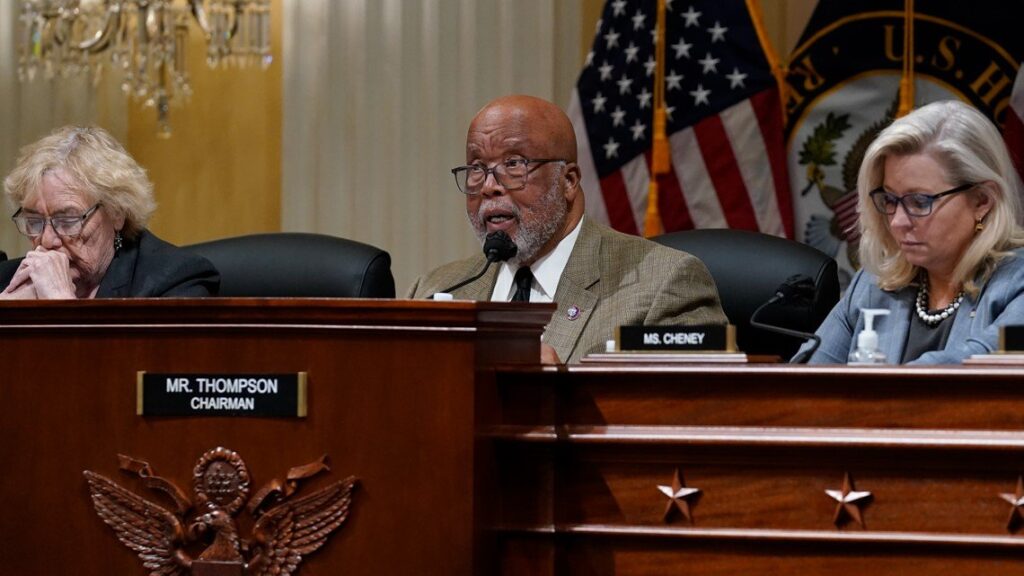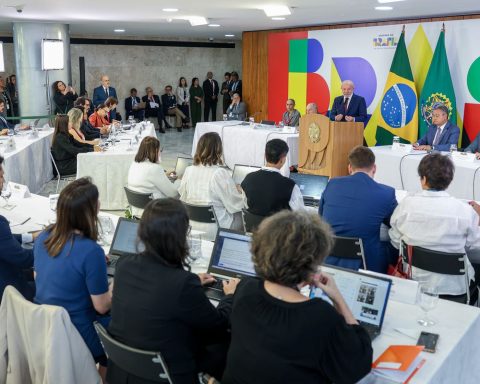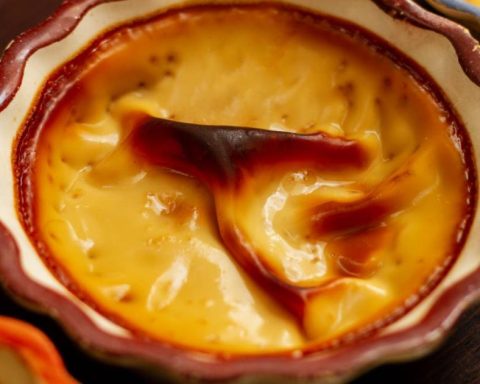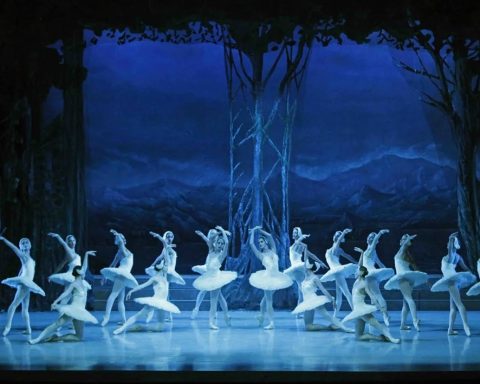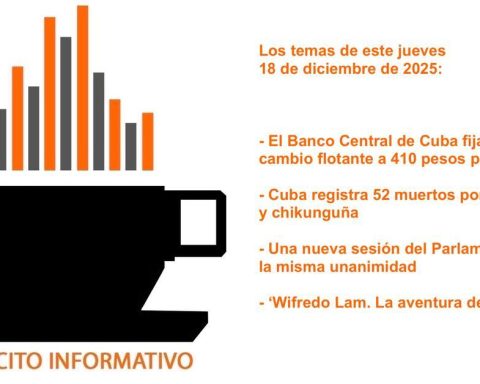Living tremendous heat in response to global warming and the treatment we have given our planet earth, as well as the already recurring “Today it does not circulate”, due to pollution and contingency, various industries have started to think about how to help and what to do before so much pollution and waste that human beings create.
The fashion industry is one of the most polluting, it ranks second, being the one that most harms the planet worldwide, according to a study The fashion Industry in numbers, by UNECE/ONU, in which it explains that this industry is responsible for 20% of industrial water pollution, as well as an estimate by the same study in which it shows that 10% of global greenhouse gas emissions are also emitted by the fashion industry.
This contamination is counted from the way in which clothes are made, the gases that are produced, the way in which we wash them and how we dispose of the garments.
Taking all this into account, the Colombian firm “Socarrás” under the creation and direction of Juan Pablo Socarrás, founded this firm with environmental sustainability in 2008 using UpCycling, a trend that opts for the care of the environment through a second use. of fabrics and leftover fabrics as well as waste and reconfiguration of garments.
The firm today walks in alliance with the soft drink company The Coca-Cola Company. In an exclusive interview with El Economista, the director and creative of the brand, Juan Pablo Socarrás, commented that “since this year (2022) we are doing a project with the Coca-Cola Company, one of the principles of the brand is to go through sustainability , get to know this utopian world that so many brands talk about but that is a difficult step to start working on”.
The soft drink company and Socarrás have managed to make threads with PET, due to the union they have had with the Vice President of the soft drink company, Ángela Zuluaga, also Colombian, who has given them the opportunity to work with Coca-Cola, due to the principles of both brands, which is moving towards sustainability.
PET, for its acronym, is Poly Ethylene Terephthalate, also known as polyesters that are made from petroleum; They are synthetic materials that are used to package or pack products that we find in the supermarket, their function is to transport and maintain the quality of the products we consume. The juices, milks, there is even wine packaged in this type of packaging, and these are collected to reach the ENKA plant, in Colombia, and there is the place where they are cleaned and through machines they transform these materials into threads, as is this case and thus a second chance is given to this waste that takes around 150 to degrade and that works better to make clothes.
This soft drink company has the brand purpose of not having waste such as bottles by 2030, at this time of 10 bottles, 6 are reusable and others are waste for other materials.
In Colombia there is a plant called ENKA and it is a company that was founded in 1964 by the Dutch group Akzo Nobel and important textile companies in the country with the purpose of manufacturing and marketing resins and synthetic fibers. It is important because it is one of the largest plants for this purpose in Latin America, where they transform materials into threads, fabrics, scales, PET and resins to reuse them.
In this process threads are made to integrate them into artisanal and indigenous and traditional communities from different parts of Latam. These companies already mentioned together
they make it possible to already be working with waste for the luxury fashion firm Socarrás.
“It is not only the environmental part, we analyze all the waste to see the possibility of working with the leftover fabrics and wood, as Angela says, not only Coca-Cola has this purpose, but there are many industries that seek to move through sustainability to that everyone falls in love and replicates these models,” said the director of the brand.
The Colombian Juan Pablo Socarrás, is an Industrial designer and fashion designer, specialized in strategic design and innovation and also has the specialty of digital business models and political leadership, he has been a consultant in the OAS, UN and in the World Corporation of the woman. It has 16 years of experience in social impact projects with artisans, indigenous people, Afro-descendants and communities in difficult contexts such as displaced people, victims, migrants and continuing with this type of work, the Socarrás firm has opted for the hands of women weavers from other parts. from the country.
Colombia, Mexico and Guatemala to make Socarrás possible
“In Colombia last year (2021) we started with 67 women in 10 departments, 6 indigenous communities, a Venezuelan immigrant, this year, we made the decision after learning with this team, to look for 30 women from artisan communities in different parts of Latin America. ”
Weaver from San Antonino Velazco, Oaxaca. Photo: Courtesy
They selected artisan women weavers from San Antonino Castillo Velazco, Oaxaca, and Santo Toribio in Guatemala, in addition to the Colombian team. “What we do is give a voice to these women who weave and embroider in our countries,” said Juan Pablo.
The selection of these states was because Socarrás has as allies the organization Mujer Colombia, in Colombia; Victoria 147, in Mexico, and El museo del traje, in Guatemala, each of these allies brought to the table the communities with which the luxury fashion firm could work.
“Mexico is one of the countries with the highest cultural appropriation legislation and we chose Oaxaca for its tradition, for its embroidery trade and for the possibility of seeking improvement in its entire value chain for this community led by teacher Marta.”
The town of San Antonino Castillo Velazco is characteristic for its backstrap loom technique and “Make me if you can” embroidery, these thread crossings form dolls, pansy flowers, carnation flowers, and the angel flowers that we normally see on colorful blouses and dresses. of this region.

Master artisan weaver Marta and Juan Pablo Socarrás in San Antonino Castillo Velasco, Oaxaca. Photo: Courtesy
Socarrás chose the town of San Antonino Castillo Velazco, which belongs to the district of Ocotlán, Oaxaca, located 45 minutes from Central Oaxaca.
The director and creative of the firm Socarrás has visited and has fallen in love with this community after approaching his now also team from this side of the country, Juan Pablo, says that he has shared with them the calendar of the industry of the fashion.
In other words, it has taught them what spring/summer and autumn/winter clothing is, how a collection is presented, and how it can co-create with different artists so that they can collaborate.

Workshop for artisans for the world of Fashion. Photo: Courtesy
“Mexico for me is like arriving at Disney, I respect the country a lot for its artisan sector, for its tradition, for its culture and for the pride that you have in everything you do,” said Juan Pablo, with a very serious expression when touching the topics as delicate as working with artisans and the luxury industry.
Speaking of Mexico, especially Oaxaca, he commented that “They have everything to experience at every moment and in every place. I was fascinated to be eating, visiting, and I want to visit very frequently.”
Narrating the way in which he was received in the community of San Antonino Castillo Velazco and describing the black mole, the handmade tortillas and the empanadas that he was able to enjoy in Oaxaca, as a welcome from the artisans, as well as the eater that he was able to do in the “La Merced” Market, the passion for making clothes with different cultures can be seen from miles away, he has an “angel” for the designer fashion industry.
This brand that was already presented on the catwalks of the largest fashion fair in Colombia as “Colombiamoda” has expanded its arms and creativity in Mexico by setting up its showroom in Colonia Verónica Anzures in Mexico City. Its objective and route is aimed at making 100% sustainable clothing, it ensures that they are already moving towards clothing that does not harm the planet, since the alliance it has with the soft drink company is that PET can be made into a textile that resembles the natural fibers, to the texture of a silk, cotton, blanket, therefore they have textiles of everything in their timeless collections in which they use recovered natural materials.
“Invaluable and fantastic garments with design advice and under author designer to disclose these important segments, it is the purpose, in the end people talk about luxury but true luxury is the story that each one of the garments and each one of them tells. the shapes that these women made” says Juan Pablo.
The brand focuses on fair payments to communities and making them sustainable as well as giving them their value chain, on the cultural side giving voice to all women making them visible through the media so that they know who and made the garment, how long, how did he do it and what generation is the artist, and the environmental point is the transformation of waste, not only with Coca-Cola but with all kinds of waste such as metals, plastics and wood that are transformed.
When browsing its catalog we can see the different clothing proposals for men and women and it is also possible to know the hours that the artisan took to create a certain embroidery or a certain garment, as well as the name of the clothes and the meaning of being from said piece.
Buying luxury fashion is that: that they provide you with quality and essence in the garments, fashion connoisseurs always know the reason for being of each garment they wear as well as the washing, ironing and drying care that the clothes they wear must have. .
Socarrás has on its labels the name of who made it, as well as transparency with its clients, informing them of what it is made of and with a legend of how the clothes are taken care of.
“Working with artisans is a matter of honesty, it is telling them that we are going to do how we are going to do it and not generating false expectations and not promising what cannot be done, telling them how far we are going to go and how we are going to get there with this project And honestly speaking, people realize that you want to make a real and loving impact for these communities.”
This business model seeks to set an example for other brands that want to join the world of sustainability, advising loyalty, transparency and proposal for both creators and consumers.
